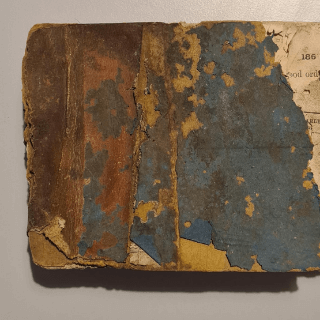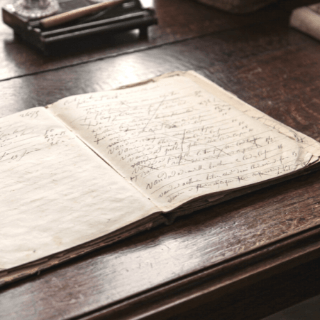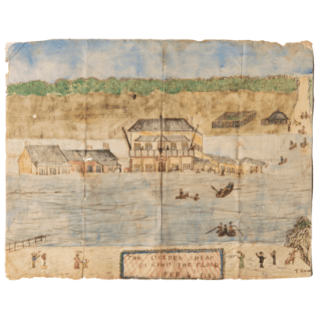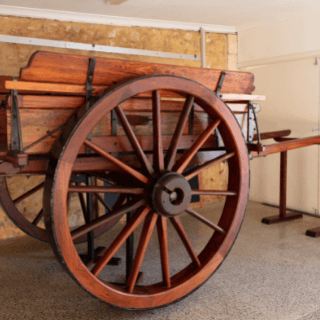Discover something different every time...
Our Collections
Buy TicketsThe Greenough Museum and Gardens Community Organisation Inc is the custodian of a rare and important collection of heritage-listed buildings, records, documents, artworks and other items. Our collection tells the incredible story of Greenough Flats, the Midwest region and the people who have lived here — from the traditional owners, the Amangu people, to the early pioneers and convicts, to the people who call Greenough home today.
Our collection is made available to the public through permanent and special exhibitions, and to researchers, historians, family history researchers, locals, and other interested parties through our curator, by request.
Our collection includes the highly significant Maley Archive — a collection of documents relating to the businesses of regional entrepreneur John Maley, including everything from letters and financial records to diaries and convict records.
Most of our records have now been digitised and indexed. If you are looking for information or documents, please contact our curator.
About the collection
See our collection
Wherever you are in the world you can see highlights of our collection at Collections WA.
The Maley Archive
Read the Maley Archive Statement of Significance prepared by Dr Joanna Sassoon in 2017.
Management Policy
Read the museum’s Collections Management Policy.
The Rand Watercolour
One of the treasures of our collection is this painting of the Golden Sheaf Hotel during the flood of 1888, by Mr T. Rands. Rands was an employee of Maley’s. He completed two sketches of the historic flood; the other is held by the National Gallery of Australia. The hotel was demolished in 1922. This watercolour was donated by Phyllis Duncan (2007).
With National Library of Australia Community Heritage grant, the watercolour was expertly conserved for the future.
The Royce Tip Cart
Another beloved item in our collection is this horse-drawn cart, made by Howard Maxwell Royce at Koobabby (near Moora, WA) in 1930. It was made using adze, broad axe and cross-cut saw, in local timber, and took more than a year to construct. The Royce family moved to Greenough in 1936, to a site just north of the museum. The cart was donated to the museum by Lindsay Royce (1967) and later restored at the Greenough Regional Prison under the supervision of Max Royce (2016).






